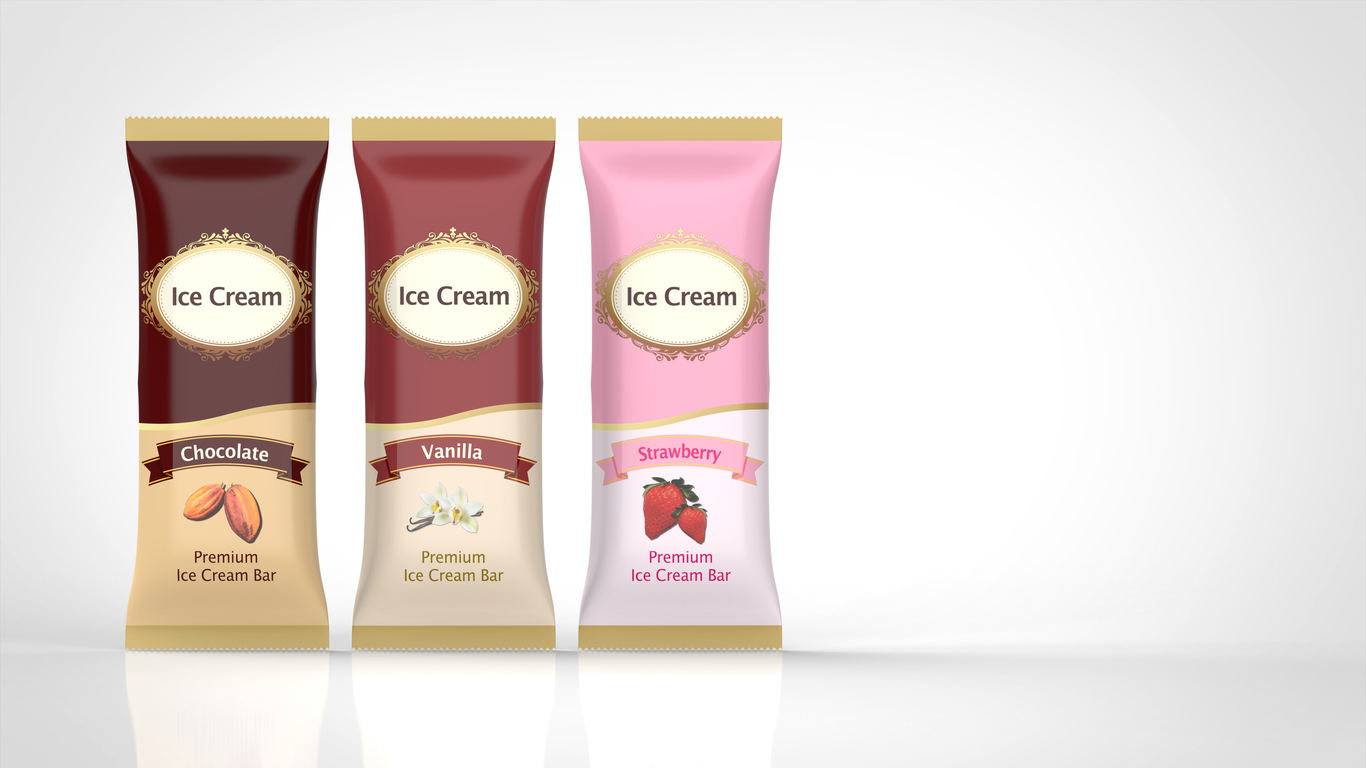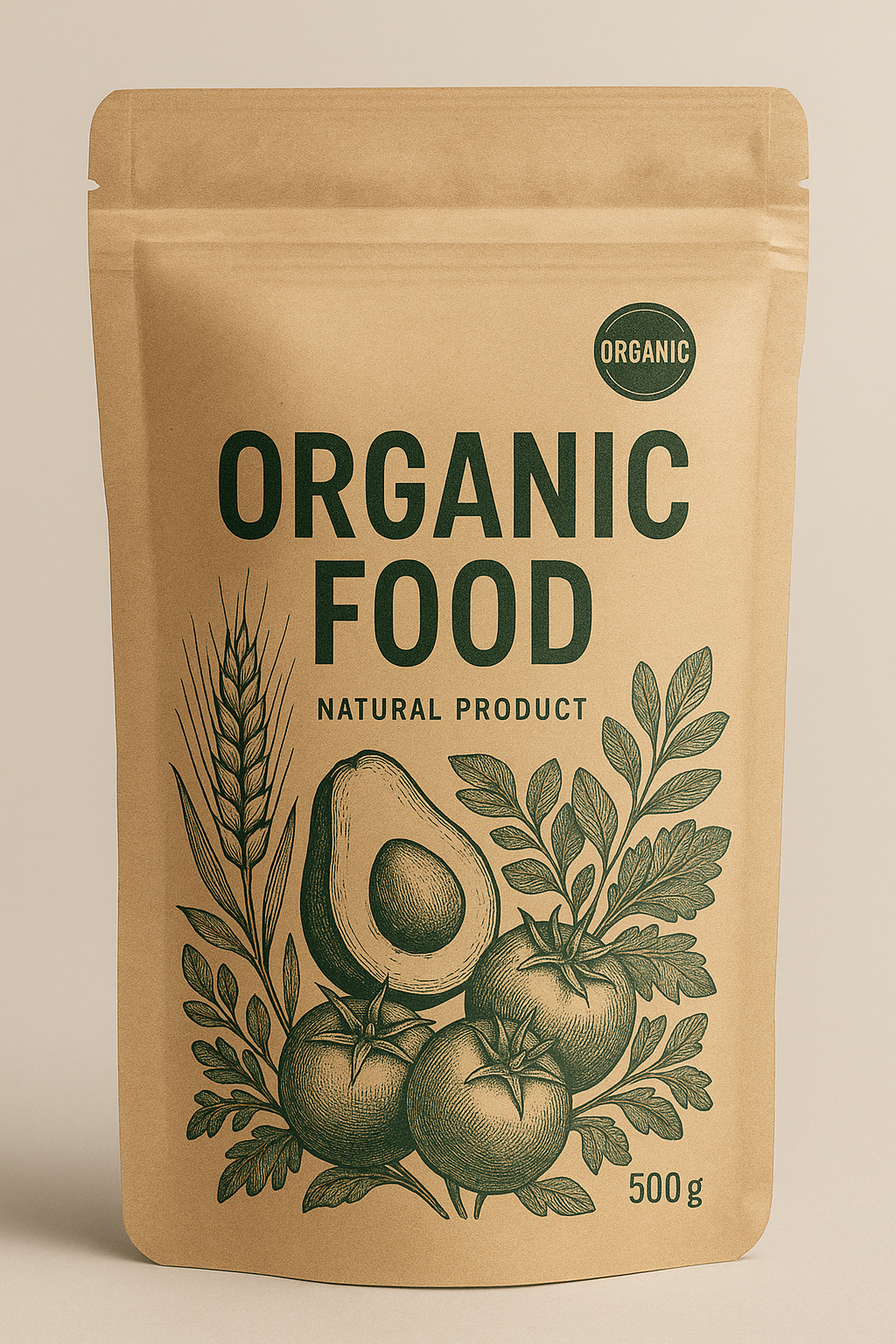In a market where sustainability is no longer optional but…

Cold Seal Packaging: A Heat-Free Solution for Food Products
Cold seal packaging is an efficient and innovative solution used in the food industry for products that require quick sealing without the application of heat. This method helps preserve the quality of heat-sensitive foods while increasing production speed and reducing energy consumption.
What Is Cold Seal Packaging?
Cold seal technology uses a pressure-activated adhesive that bonds when pressed—no heat required. It’s especially ideal for products like chocolate, granola bars, or frozen desserts, where heat can alter taste, texture, or appearance.
Key Features of Cold Seal Packaging
1. Pressure-Activated Adhesive
Uses a pressure-sensitive adhesive applied only to sealing zones. It seals at room temperature, eliminating the need for heating elements.
2. Multilayer Structures
Cold seal films often combine materials such as paper, BOPP, metallized PET, or aluminum, depending on required barrier properties.
3. Room Temperature Sealing
Perfect for heat-sensitive products, ensuring their organoleptic quality is preserved during packaging.
4. Design Flexibility
Cold seal films support high-quality printing, custom coatings, and multilayer structures that protect the food and enhance presentation.
5. High-Speed Sealing
No heat-up or cool-down time means cold seal machines can operate at very high speeds—ideal for large-scale production.
Advantages of Cold Seal Packaging
✅ Protects Heat-Sensitive Products
Ideal for chocolates, confections, and products with high fat or sugar content that may melt or degrade with heat.
✅ Improved Production Efficiency
Faster machine startup/shutdown, no heating required. Enhances line efficiency and productivity.
✅ Lower Energy Consumption
Eliminates the need for thermal energy, reducing operating costs and carbon footprint.
✅ High Throughput
Supports fast-paced packaging environments, increasing output and reducing labor costs.
✅ Superior Seal Integrity
Performs well even when sealing areas contain slight grease or powder residues—a common challenge in food lines.
✅ Versatility in Materials
Allows for custom material combinations that meet specific barrier needs (e.g., moisture, oxygen, light).
✅ Reduced Contamination Risks
No heat means no risk of thermal degradation or burns—safer for products and operators.
✅ Minimized Seal Defects
Not reliant on consistent temperature control, minimizing seal variability and defects typical in heat-sealing systems.
Popular Applications
Cold seal packaging is widely used for:
- Chocolate and confectionery – prevents product from melting during packaging.
- Granola and energy bars – protects sensitive ingredients and speeds up packing.
- Ice cream and frozen desserts – fast packaging preserves product integrity.
Final Thoughts: Is Cold Seal Right for Your Product?
Cold seal packaging is a highly efficient solution for heat-sensitive foods and high-volume production. It ensures product protection, boosts efficiency, and supports sustainability goals by reducing energy usage.
⚠️ Note: The adhesive formulation must be carefully selected to avoid migration risks that could affect food safety.
💡 Need help designing a cold seal structure for your product?
Contact Blue Pack Solutions — Smarter Packaging, Sustainable Solutions.



